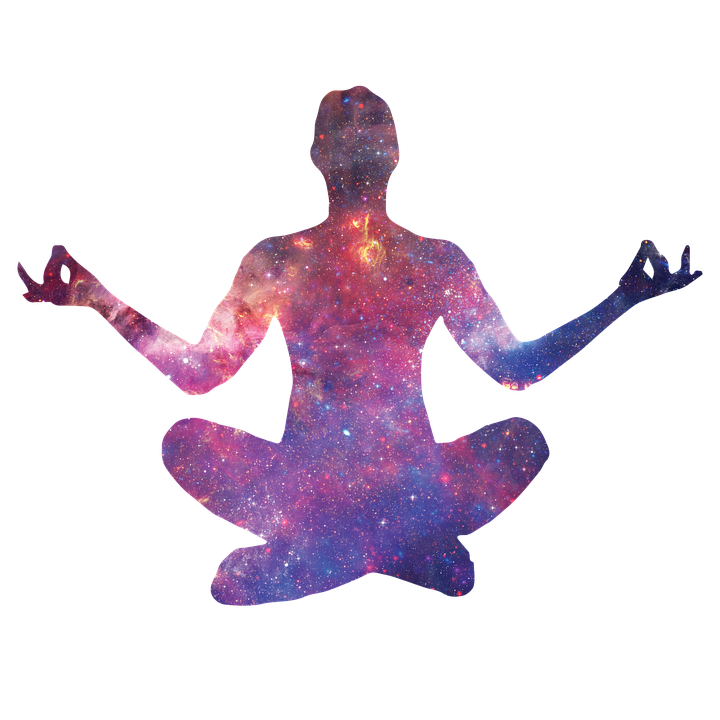Tibetans use a yoga technique called Tum-mo , which immerses them in a state of deep meditation. Untrained people would have begun to tremble wrapped in icy sheets; even if the body temperature had continued to fall, under normal circumstances the individual would have died. However, the heat emanating from the organism of the monks in meditation not only kept them alive, but they managed to dry the sheets in an hour.
Herbert Benson, associate professor of medicine at Harvard Medical School and president of Mind / Body Medical Institute in Boston, has studied the Tum-mo technique for more than 20 years. He affirms that Buddhists intuit that the reality in which we live is not the only one, but there is another one with which we can connect and that is not affected by our emotions or by the everyday world. The religious are convinced that this state of mind can be reached through meditation . In this line, the heat they generate is a by-product of the Tum-mo technique .
Before the surprising success of the experiment, the researchers removed the dried sheets of the monks and covered them with 3 layers of wet cloths for a period of several hours. They managed to dry the sheets again using the heat emanating from their body .
Benson, meditation and his “relaxation response”
How does Benson’s profession relate to the meditation techniques of monks ? Well, the doctor believes strongly that the study of advanced forms of meditation can help the mind to control physical processes that we previously conceived as uncontrollable. In this sense, Tibetan meditation , which is done through a state of mental concentration, served the monks to control a physiological process, that of body temperature .
On the other hand, Benson developed the relaxation response , a physiological state opposite to stress that helps the decrease in the levels of metabolism, respiration, blood pressure and cardiovascular activity.
The method works by repeating a word, sound, phrase or short sentence that frees the mind from intrusive thoughts. Currently, Benson and his colleagues use the relaxation response to treat disorders such as anxiety, depression, hypertension, insomnia and even infertility.





